What Is Spo2 Measure
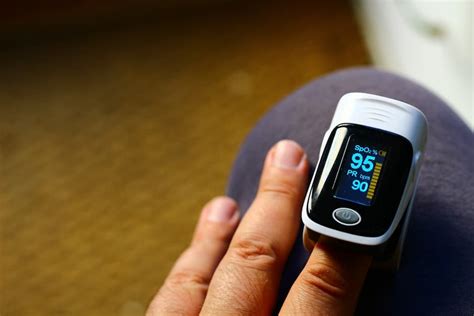
The SpO2 measurement is a vital sign parameter that has become increasingly significant in modern healthcare. It refers to the peripheral capillary oxygen saturation, indicating the level of oxygen saturation in the blood. This measurement provides crucial insights into a patient's respiratory and overall health status, making it an essential tool for healthcare professionals.
Understanding SpO2 Measurements
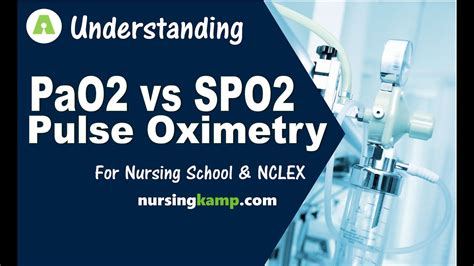
SpO2 is a non-invasive method to estimate the amount of oxygen in a patient’s blood, specifically the percentage of hemoglobin saturated with oxygen. Hemoglobin is a vital protein in red blood cells responsible for carrying oxygen from the lungs to the body’s tissues. A healthy individual typically has an SpO2 level between 95% and 100%, indicating optimal oxygen saturation.
The Importance of SpO2 Monitoring
SpO2 monitoring plays a critical role in various healthcare settings. It is particularly valuable in intensive care units (ICUs), emergency departments, and for patients with respiratory conditions or those undergoing anesthesia. Here are some key reasons why SpO2 monitoring is essential:
- Early Detection of Respiratory Issues: A sudden drop in SpO2 levels can be an early indicator of respiratory distress, pneumonia, or other lung-related problems. Timely detection allows for prompt intervention, improving patient outcomes.
- Anesthesia and Surgical Monitoring: During surgeries, especially those involving general anesthesia, SpO2 monitoring is crucial. It helps ensure that the patient's oxygen levels remain stable and within a safe range, reducing the risk of complications.
- Chronic Disease Management: For individuals with chronic respiratory conditions like COPD or asthma, regular SpO2 monitoring can help manage their condition effectively. It provides insights into the effectiveness of their treatment plan and helps identify exacerbations early on.
- Altitude and Travel Considerations: SpO2 measurements are also important for individuals traveling to high altitudes or on long-haul flights. These environments can affect oxygen levels, and monitoring SpO2 can help prevent or manage altitude sickness.
How SpO2 is Measured
SpO2 measurement is typically performed using a pulse oximeter, a small, non-invasive device that clips onto a patient’s finger, toe, or earlobe. The device emits two wavelengths of light (red and infrared) through the tissue, and based on the light absorption properties of oxygenated and deoxygenated blood, it calculates the oxygen saturation level. This technology is known as pulse oximetry and provides a convenient, continuous monitoring option.
While pulse oximetry is generally accurate, certain factors can affect its readings. For instance, poor circulation, low perfusion, or certain skin pigments may impact the accuracy of the measurement. In such cases, healthcare professionals may rely on alternative methods, such as arterial blood gas analysis, to obtain an accurate SpO2 reading.
| SpO2 Measurement Range | Interpretation |
|---|---|
| 95% - 100% | Normal oxygen saturation |
| 90% - 94% | Mild to moderate hypoxia (low oxygen levels) |
| Below 90% | Severe hypoxia requiring immediate medical attention |
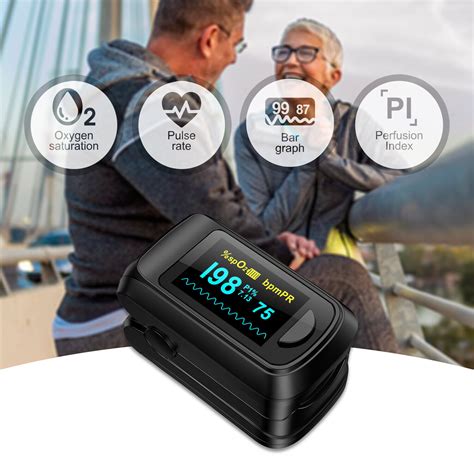
The Evolution of SpO2 Technology
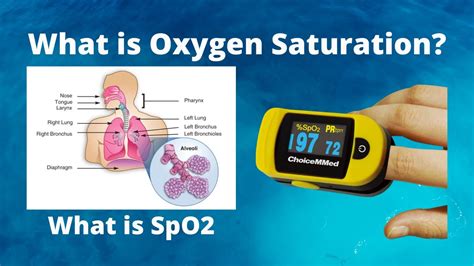
The technology behind SpO2 measurement has evolved significantly over the years. Early pulse oximeters were bulky and primarily used in hospital settings. However, advancements in technology have led to the development of portable and even wearable pulse oximeters, making SpO2 monitoring more accessible and convenient.
Advancements in Pulse Oximetry
Modern pulse oximeters offer several advancements, including improved accuracy, faster response times, and enhanced durability. Many devices now feature advanced algorithms that can detect and correct for motion artifacts, ensuring more reliable readings even during patient movement. Additionally, some pulse oximeters are now capable of continuous monitoring, providing real-time data for extended periods.
The integration of wireless technology has further enhanced the utility of pulse oximeters. These devices can now transmit data wirelessly to central monitoring stations, allowing healthcare professionals to remotely monitor patients' oxygen saturation levels. This advancement is particularly beneficial in critical care settings, where continuous monitoring is crucial for patient safety.
Applications Beyond Healthcare
The widespread availability and accuracy of pulse oximeters have expanded their applications beyond traditional healthcare settings. Today, pulse oximeters are commonly used by athletes and fitness enthusiasts to monitor their oxygen levels during exercise. This data can provide insights into training efficiency and help optimize performance.
Additionally, pulse oximeters are increasingly being utilized in the aviation industry. Pilots and flight crews use these devices to monitor their oxygen levels during high-altitude flights, ensuring their well-being and the safety of passengers. The technology has also found its way into the consumer market, with wearable pulse oximeters becoming popular fitness tracking devices, offering users a deeper understanding of their overall health and fitness.
The Future of SpO2 Monitoring
The future of SpO2 monitoring looks promising, with ongoing research and development focused on improving accuracy, convenience, and accessibility. Here are some potential future directions for SpO2 technology:
- Miniaturization and Wearable Integration: Researchers are exploring ways to further miniaturize pulse oximeters, making them even more discreet and comfortable to wear. The goal is to integrate SpO2 monitoring into everyday wearables, such as smartwatches or fitness trackers, allowing for continuous, non-invasive monitoring.
- Artificial Intelligence and Predictive Analytics: The integration of AI and machine learning algorithms into pulse oximetry devices could revolutionize SpO2 monitoring. These technologies could analyze historical data to predict potential respiratory issues, providing early warnings and allowing for proactive interventions.
- Remote Monitoring and Telehealth: With the rise of telehealth services, SpO2 monitoring could play a pivotal role in remote patient care. Patients could use portable pulse oximeters to transmit their oxygen saturation data to healthcare providers, enabling remote monitoring and timely interventions without the need for in-person visits.
Conclusion
SpO2 measurement is a vital component of modern healthcare, providing valuable insights into a patient’s respiratory health. The convenience and accuracy of pulse oximetry have made it an indispensable tool for healthcare professionals, enabling them to make informed decisions and provide timely interventions. As technology continues to advance, the future of SpO2 monitoring looks promising, with potential applications extending beyond healthcare into fitness tracking and everyday wellness monitoring.
FAQ
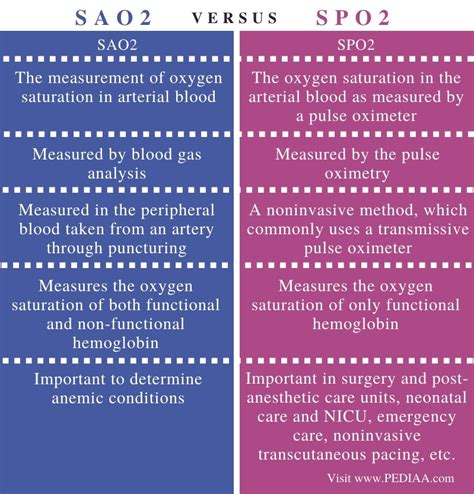
What is a normal SpO2 level for a healthy individual?
+A normal SpO2 level for a healthy individual is typically between 95% and 100%. This indicates optimal oxygen saturation in the blood.
Can SpO2 levels vary depending on factors other than respiratory health?
+Yes, SpO2 levels can be affected by various factors, including altitude, physical activity, and certain medical conditions. For example, individuals at high altitudes may have lower SpO2 levels due to reduced oxygen availability.
How accurate are pulse oximeters in measuring SpO2 levels?
+Pulse oximeters are generally accurate, but their readings can be influenced by factors like poor circulation, low perfusion, or certain skin pigments. Advanced pulse oximeters with improved algorithms and motion artifact correction provide more reliable readings.



